Review and photos by Nathan ‘Takama’ Morris, edited by amargasaurus cazaui and Suspsy
The latest installment of the Jurassic Park franchise has finally hit theaters at the time of this writing. While we continue to discuss what we liked and disliked about the movie on the forum, I thought it would be a great time to tackle my first review of JP merchandise for the blog. Among the sub-par Jurassic World action figures comes a set of minifigures sold in blind bags and toobs, as well as a bagged master set. Just so you know, I will be tackling all but one of the figures in this review. In total, there are 11 distinct animals in this series and all but one have been featured in one or more of the JP movies. Their colors are variable with each set, and rarely follow the colors featured on their onscreen counterparts. As stargatedalek did with the Walking With Dinosaurs Minis, I will be reviewing each figure separately, but I will not be covering the playability and movie accuracy in separate parts. Instead, I will summarize the set as a group. I will do the distinct animals in alphabetical order, ending with the controversial Indominus rex.
Allosaurus
Scientific Accuracy
The first dinosaur I will be tackling in this review is ironically the only one to have never been featured in any of the JP films. Some people actually think that this little guy is Metriacanthosaurus, which is featured on the official Jurassic World website as well as the very first movie (as an embryo in a vial). But the pose strongly resembles that of the Allosaurus action figure in the “Biters and Bashers” line. In terms of accuracy, it seems decent, but the crests are very blunt and the feet are too big. One thing that sets this toy apart from the Basher figure is that the arms are not pronated. As with the action figure, the tail is bent upwards in the air which would be impossible for the real animal to do. The back has a crocodile-like scute pattern just like on the Basher.
Ankylosaurus
Scientific Accuracy
As of the time of this writing, I don’t actually own this figure yet, but my editor, amargasaurus cazaui, was kind enough to tackle this one for the review.
I actually like this little figure, although from an accuracy standpoint the feet are not quite correct. The legs appear a bit too long as well, although that may be just how it looks due to the sculpt. I was struck by how the small figure is almost identical to the larger Bashers and Biters figure of the same name. The figure reminds me quite a lot of the original Tim-Mee dinosaurs sold in bags back in the seventies although a bit larger. I personally like the figure more perhaps than the other figures from the set, as it stands well, does not have oversized feet, and does somewhat resemble the animal it is meant to represent. I rate it at an 8 out of 10 and like this figure.
Dimorphodon
Scientific Accuracy
This is by far the most obscure creature to hit the toy line, as the only notable Dimorphodon figures that came before Jurassic World were the ones by Tedco and Safari. The model made for the JW minifigures line might be an accurate representation of what the creature looks like in the movie, but in terms of actual scientific accuracy, this model flops. The most glaring inaccuracy on this model is the head. It looks nothing like a Dimorphodon and instead resembles that of a generic theropod. At least they had the decency to give it a slight hairy texture on the top part of the torso, but at this size it’s barely noticeable.
Mosasaurus
Scientific Accuracy
This is an up-to-date reconstruction of Mosasaurus. The tail ends in a fluke and the head shape is correct. However, there are scutes sculpted on the back which give it a crocodilian-like appearance and there are no palatine teeth in the mouth. The pose on this figure is similar to the Mosasaurus image used on the JW website. It’s just swimming through the water with its tail in a curve. Overall, this one had the potential to be the best, but they ruined it with the scutes.
Pachycephalosaurus
Scientific Accuracy
Pachycephalosaurus seems like an easy creature to replicate so how could they screw this up? Let me count the ways. If you take a look at the legs, you will see some weird protrusions sticking out. What these are supposed to be is beyond my knowledge, and it ruins what is otherwise a decent figure. The skull is recognizable as a Pachycephalosaurus, and there are little scutes sculpted on the back just like the Triceratops coming up later on. Could this be Hasbro’s way of showing that this animal and Triceratops are distantly related as marginocephalians? Probably not, but they still look cool on this figure, and I don’t see it as out of the realm of possibility.
Pteranodon
Scientific Accuracy
Out of all the figures in this line, this one was the hardest for me to photograph as it’s a pretty thin piece of plastic. As far as accuracy goes, there is not much to fault with it. The proportions are mostly correct (I could be wrong, as the wings appear to be rather thin), and it’s impossible to tell if they committed the sin of giving it teeth. The hands on this figure don’t appear to be right as it’s just three fingers sticking out of the wings, and there are no pycnofibres on the torso. Overall, it’s ok for its size, and it’s a lot better than the Dimorphodon I covered earlier.
Spinosaurus
Scientific Accuracy
Ah, Spinosaurus. If it were not for Jurassic Park 3, this theropod may still be an obscurity in the world of dinosaur toys.The minifigure obviously doesn’t follow the most recent discoveries, and to be honest why would it? Kids would probably be upset to see this so-called killer dinosaur reduced to a crawling creature that can be easily outdistanced on land. Other inaccuracies include pronation of the arms and the lack of the signature “fish hook” front claws. The only thing this figure does get right is that the premaxila has a slight gap, a kind of “fish trap,” if you will, which was missing on the Spino’s big film debut in JP3.
Stegosaurus
Scientific Accuracy
Out of all the figures in this line, this one seems to have the least glaring inaccuracies, as the proportions are right for a Stegosaurus(small head being the most noticeable point of praise). The plates are not differentiated on the back and instead are paired similar to species such as Kentrosaurus. There are also no osticles on the figure’s neck, but those may have been too small for the sculptor to add. The thagomizer is there, but is in the wrong position (it should be jutting out from the side, not from the top) and it is very blunt. I say this is the best dinosaur in the set, as the inaccuracies on it would be nitpicks to most people, and I can’t help but praise it for the tiny head.
Triceratops
Scientific Accuracy
Triceratops seems to be a staple for the JP franchise, as it appeared in pretty much every movie along with the raptors and T. rex. The minifigure is in a decent pose with the animal standing tall and strong. Unfortunately, the front legs are not sprawled enough to the side, and the palms face straight back instead of each other. The back is decked out with little scutes so it is possible that they are keeping up with the science with this animal (though it’s also possible that they did this because they think it looks cool). The tail is a tad too long, but at least it’s held off of the ground. The head on this figure is decent, as it has all the features of your typical Triceratops. The beak appears to be too rounded when viewed from the front, giving it a cartoonish look.
Tyrannosaurus rex
Scientific Accuracy
It’s a JP T. rex, so the most obvious blunders are the oversized arms, and pronated hands. The head does not resemble the actual movie creature as much as it should, and it instead resembles the other T. rex toys in the Jurassic World line-up. The details on this little figure are not bad, and the pose is nice in my opinion. Overall, I think it beats the other toys of this animal with its lack of screw holes and solid plastic construction.
Velociraptor
Scientific Accuracy
The Velociraptor minifigure is your typical raptor from a franchise that dates back to the early nineties It has scales, its head is the wrong shape, and the hands are pronated. The figure greatly resembles the “Blue” figure in the Growlers line, and unlike the other large raptors in the line it has the signature sickle claw that the JP fans grew to love.
Indominus Rex
Personally, I don’t think the Indominus rex is worthy of a review on a blog dedicated to real animals. But since some of our readers seem to think otherwise, I will include pictures of this figure for the sake of completion. Since this is a movie monster, it gets a free pass from our usual scientific accuracy analysis, and so in this segment of the review, I will give my personal opinion on this creature’s existence in the franchise as a whole. In my opinion, it is the decision to make this creature as the main villain of the fourth JP film that makes me think that it should of stayed in development hell. It is not a real dinosaur and instead a Frankenstein-like creation that completely ruins the charm that the first three movies had on me as a kid. Sure, fake dinosaurs appeared in movies before, the most prominent of which was Peter Jackson’s King Kong. But I think that film deserves a pass, because its animals were natural in the sense that they had evolved from the real things. If the I. rex were some brand new dinosaur that they discovered the DNA for in the JP universe, I would have different thoughts. It would show that not even a fraction of all dinosaurs have been discovered, and you never know what we can discover next. There’s no way in my power I can stop the I. rex from ruining my childhood, so I have to make do with what it is, and be thankful that the raptor-human hybrids storyline that was revealed a few years back was scrapped. (Suspsy’s note: Yeah, the hybrids idea was insanely horrendous!)
Overall, these figures are a nice buy providing you can get over the inaccuracies that plague all of them. As you can see in my photos the bipeds can stand on their own two feet, provided that the surface they are standing on is flat. The colors are all variable, so never know what you will get if you buy them in the blind bags. I got mine mostly in tubes, which allowed me to pick which colors I wanted. For instance, I liked the blue patterns on my Dimorphodon, and I wanted to get the T. rex in classic brown. There are three different Toobs but the only figures you can’t get in tubes are the Ankylosaurus, Allosaurus, and Indominus rex. The Ankylosaurus and Allosaurus can be found in the single blind bags, but the I. rex can only be bought in the 15-pack (Available from Amazon.com here) that includes doubles of some figures. If you want to buy any of these figures alone, but don’t wish to risk getting doubles from the single blind bags, you can find them all on Amazon.com for a little more money, but the colors are still random and the I. rex costs the most of all of them.
Available from Amazon.com here.
//
Disclaimer: links to Ebay and Amazon on the DinoToyBlog are affiliate links, so we make a small commission if you use them. Thanks for supporting us!




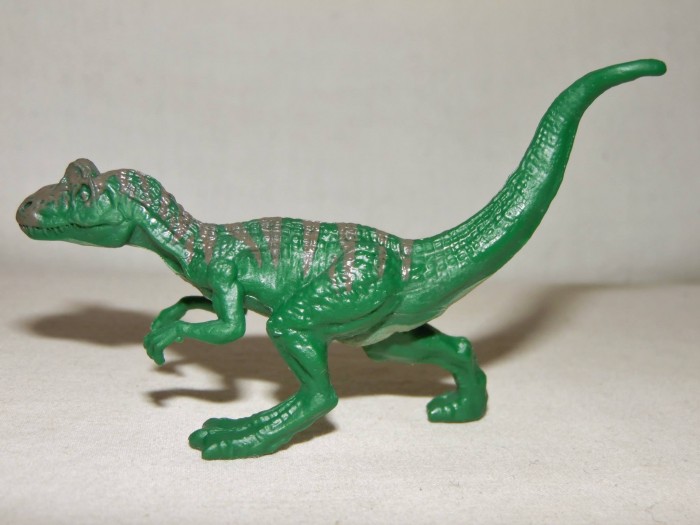
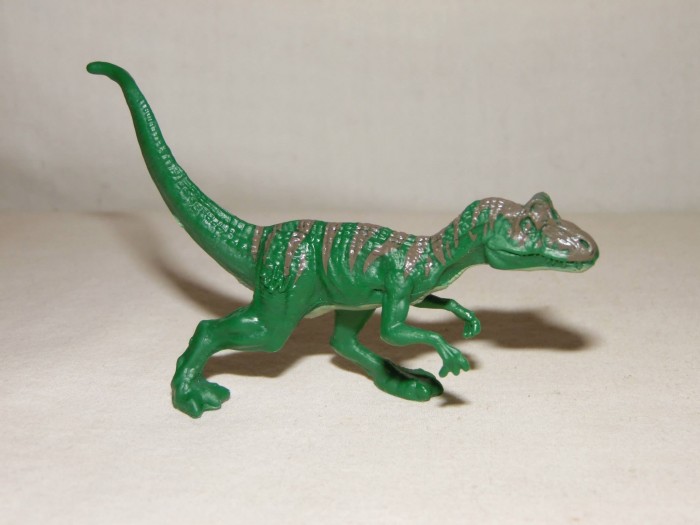

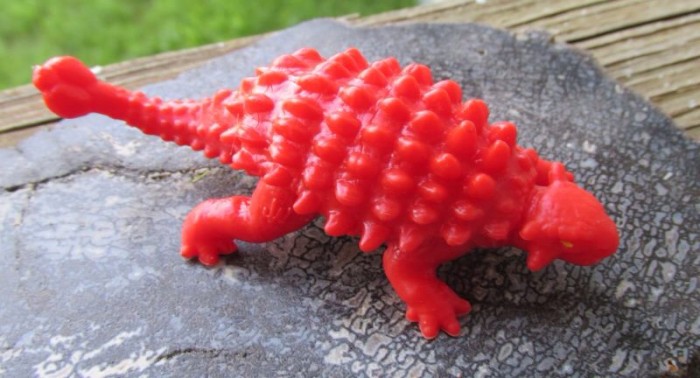
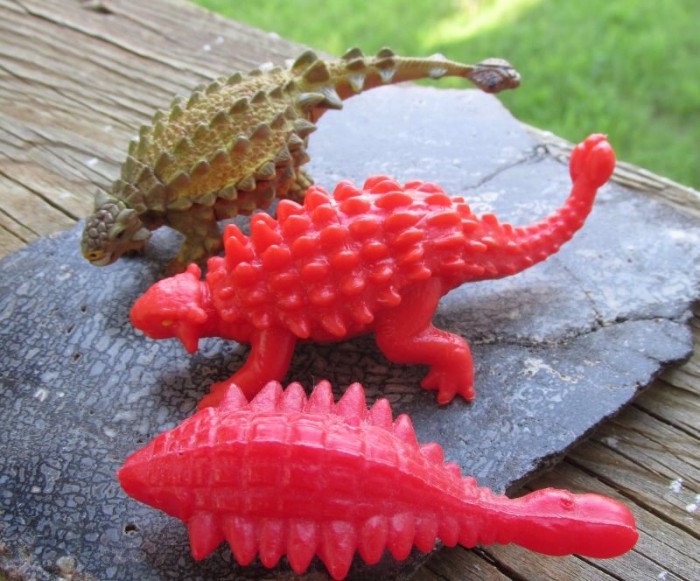
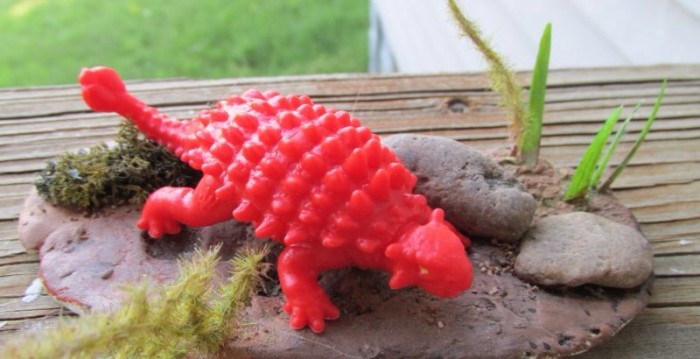
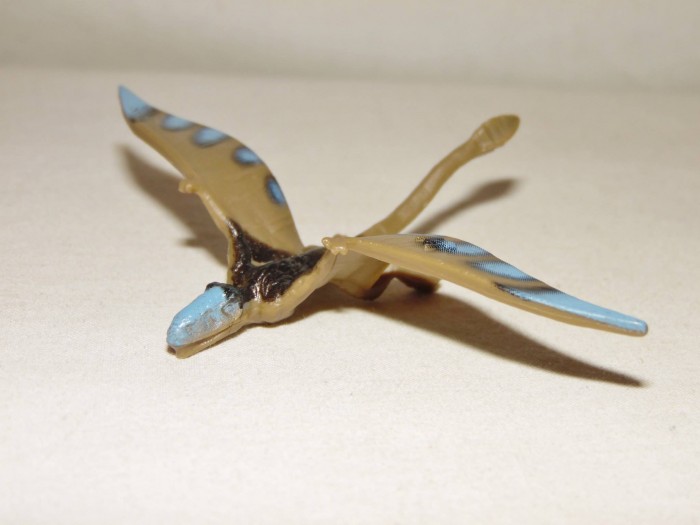

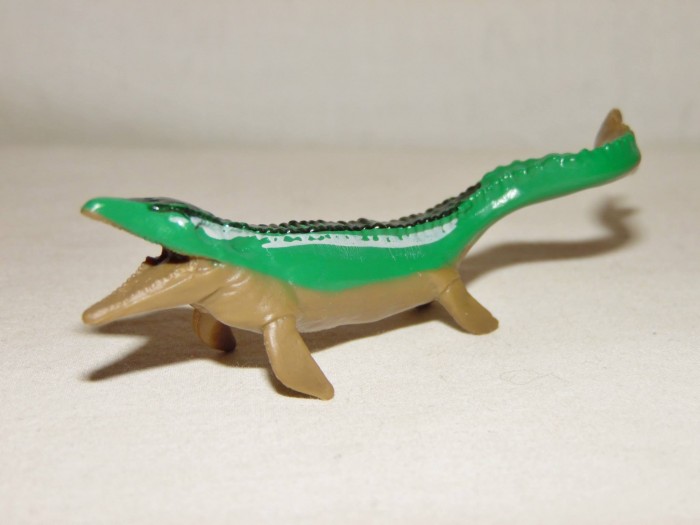
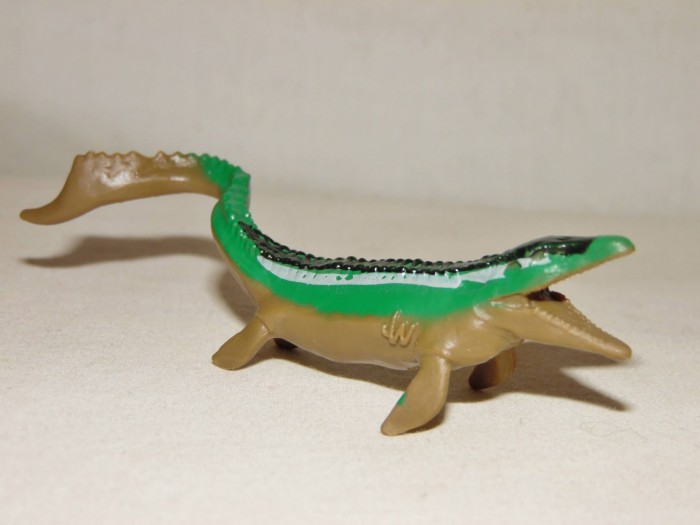
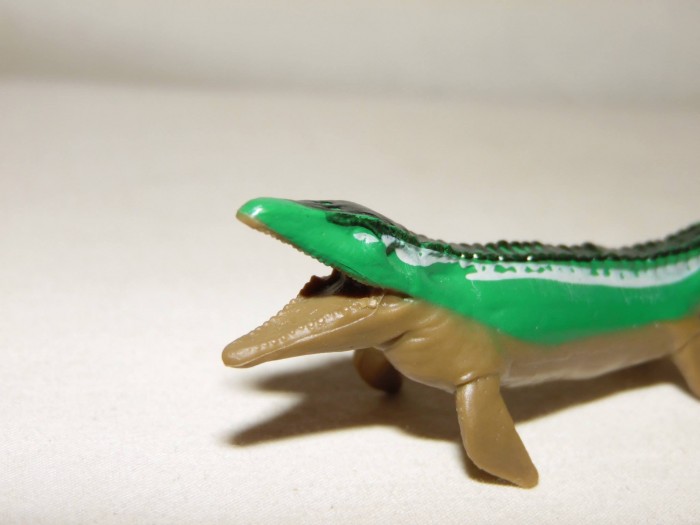
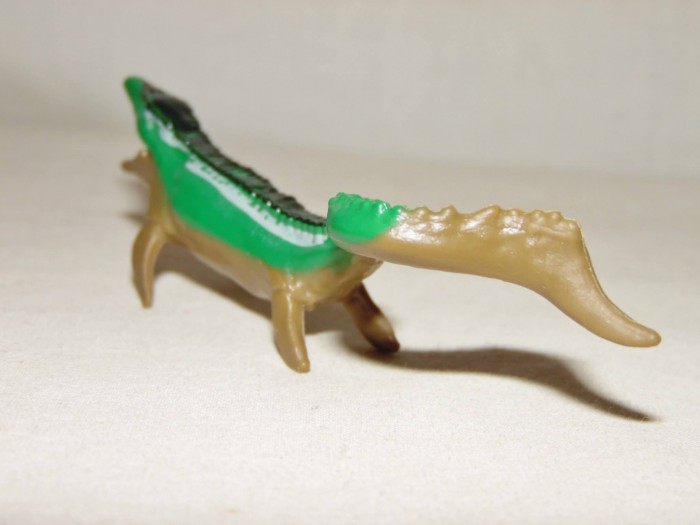
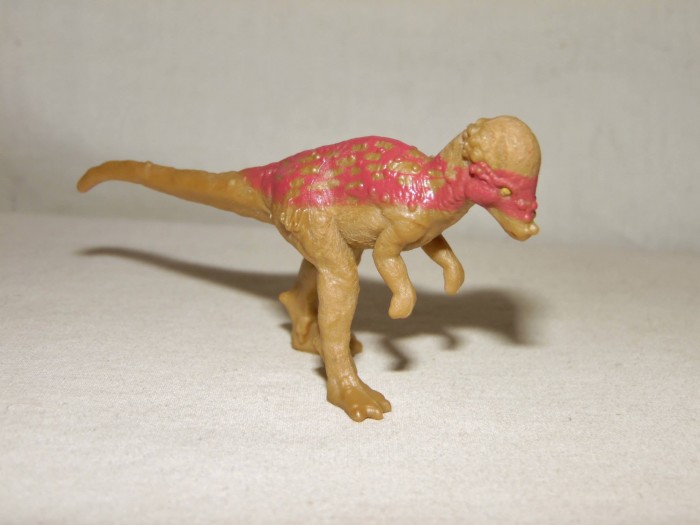
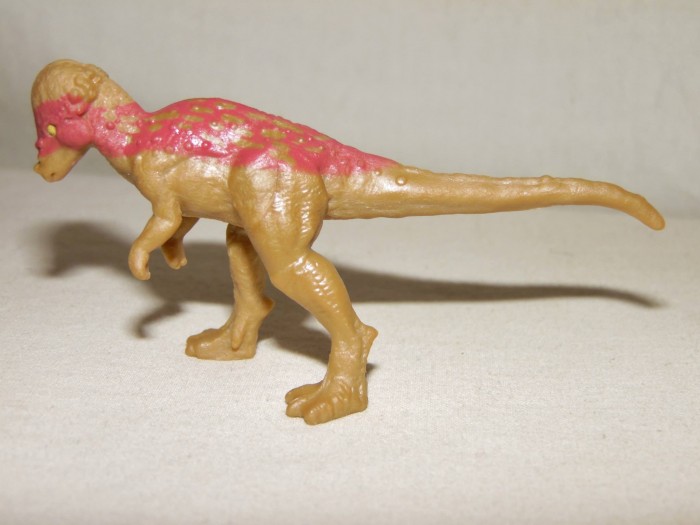
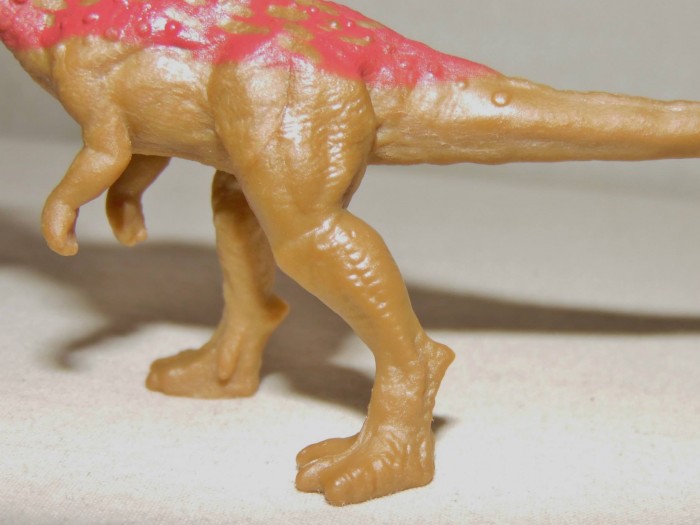
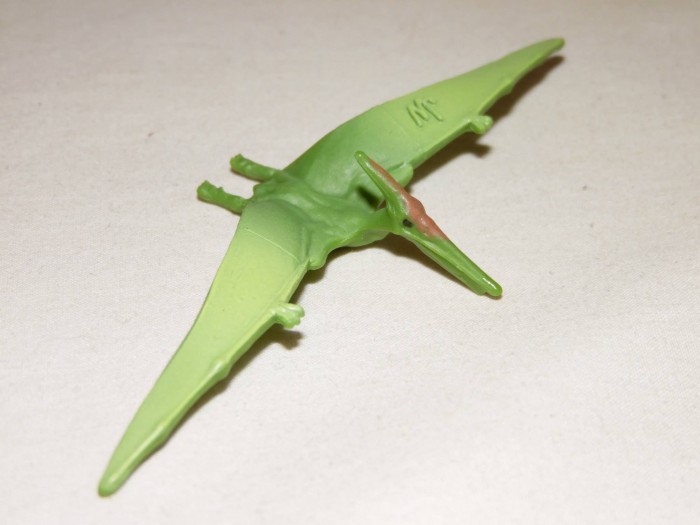
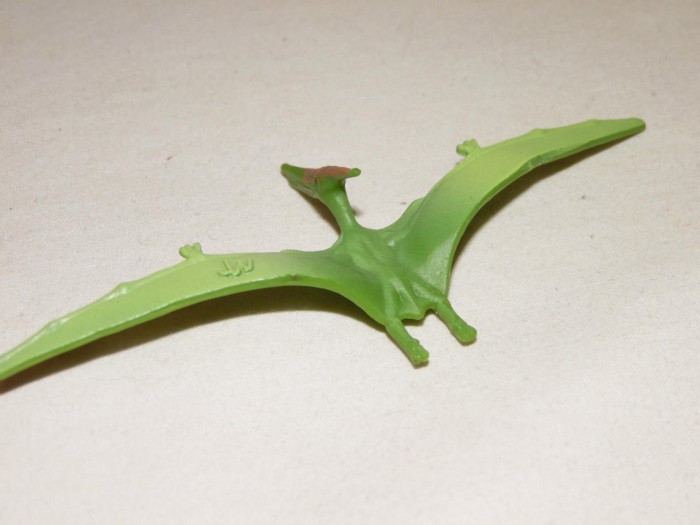
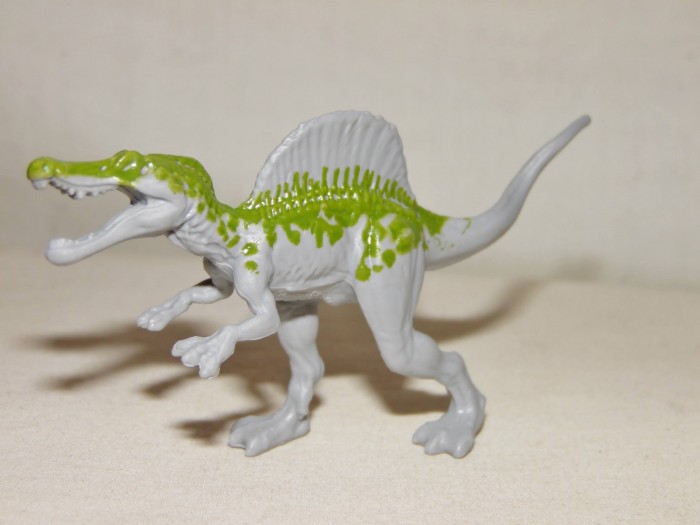
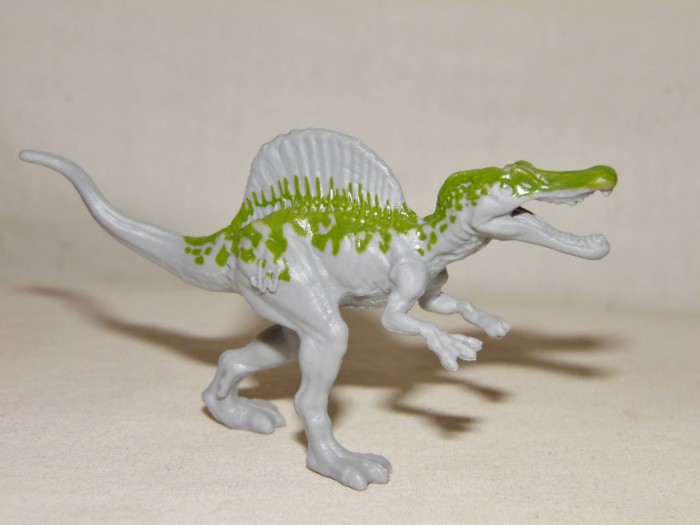
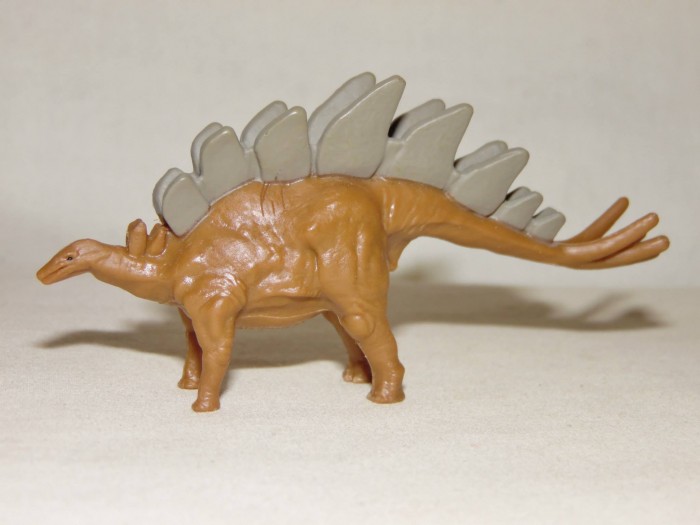
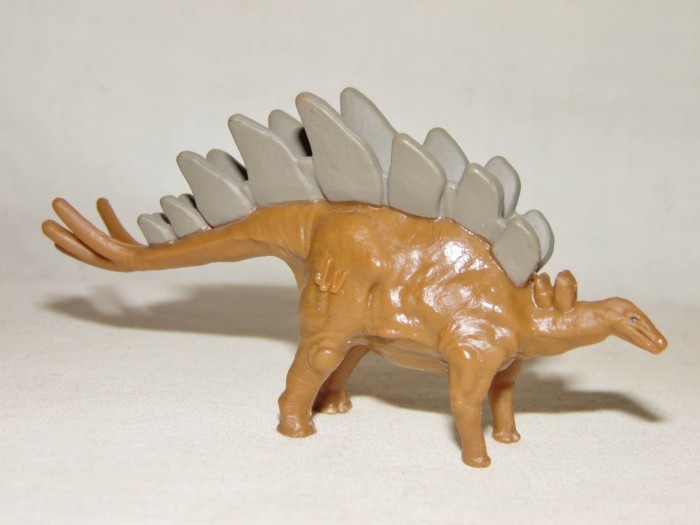
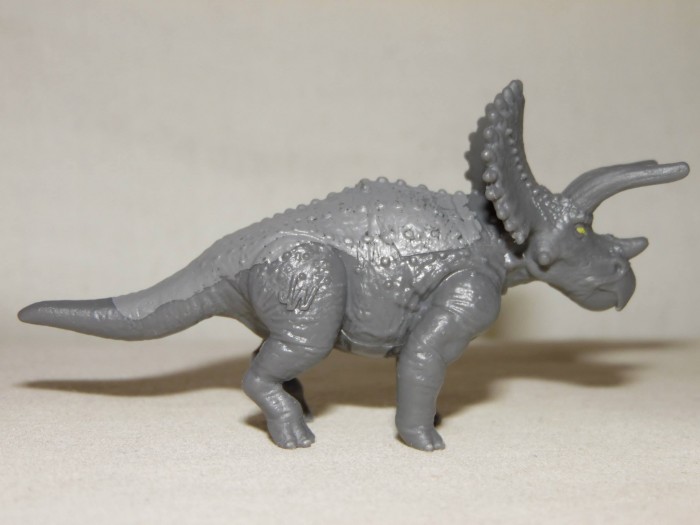
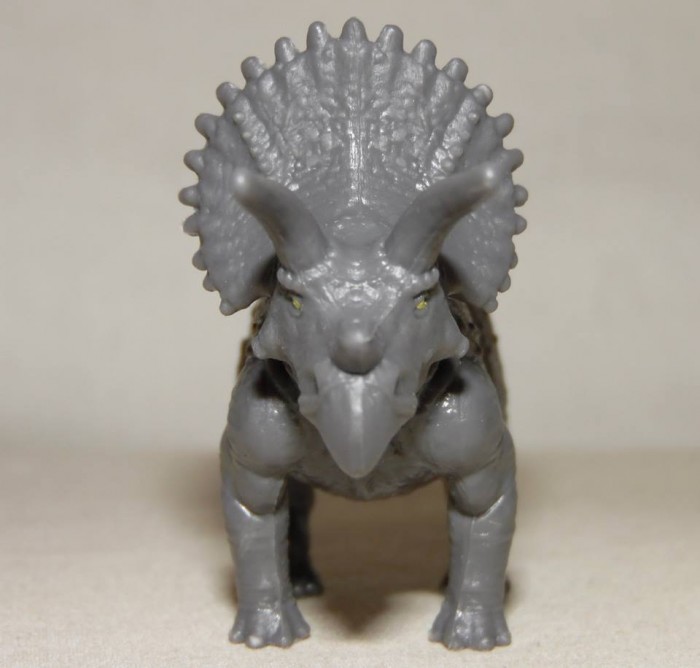
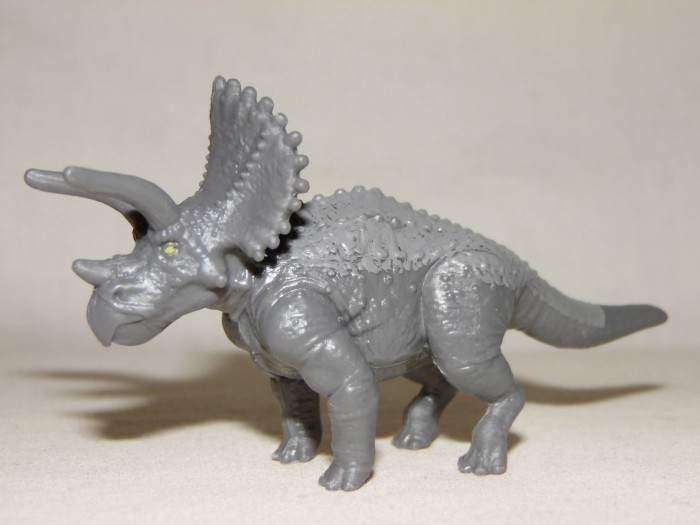

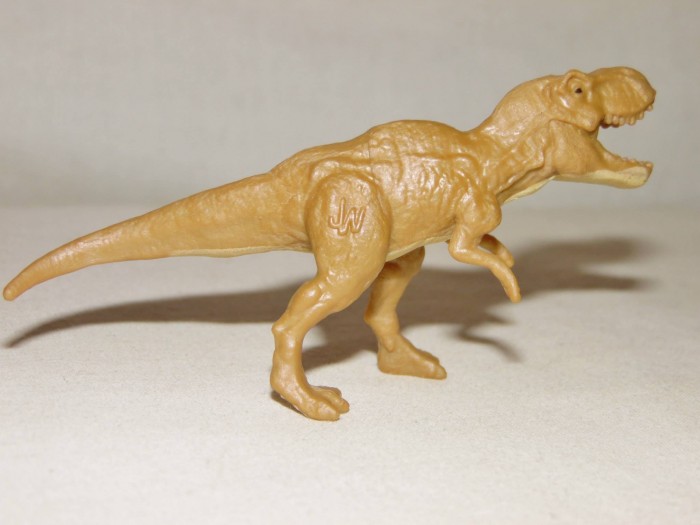
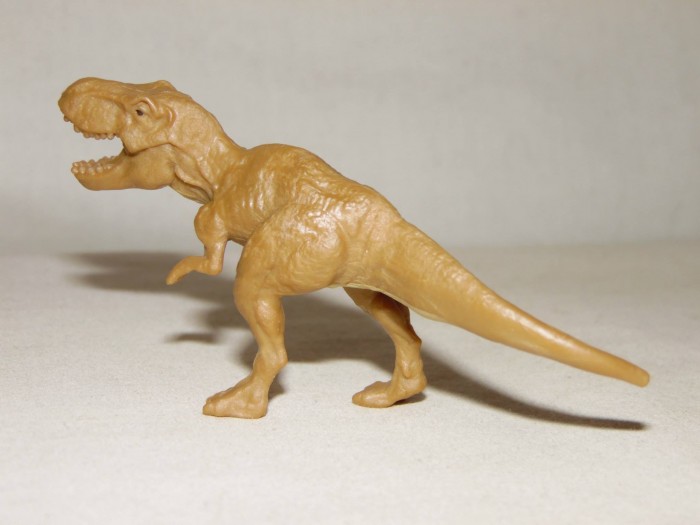
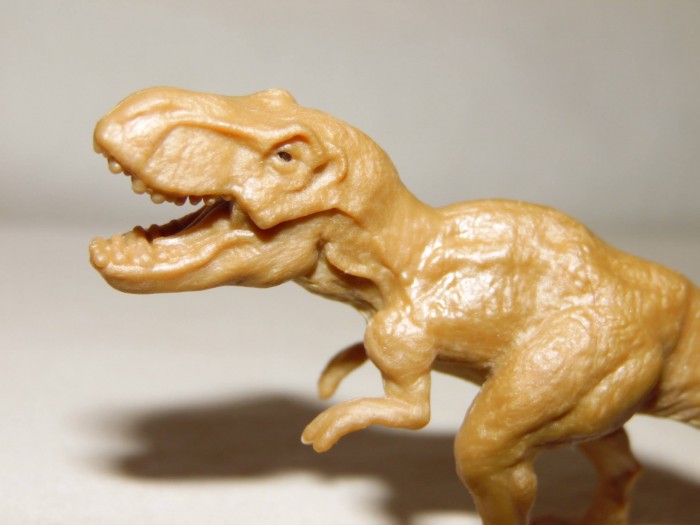
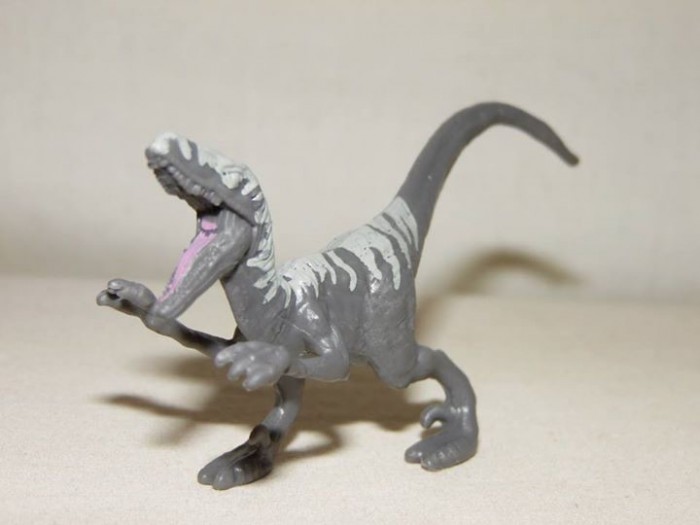
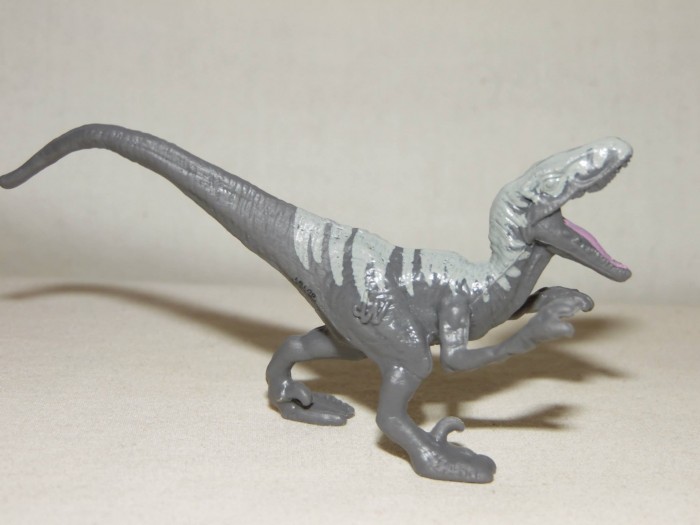
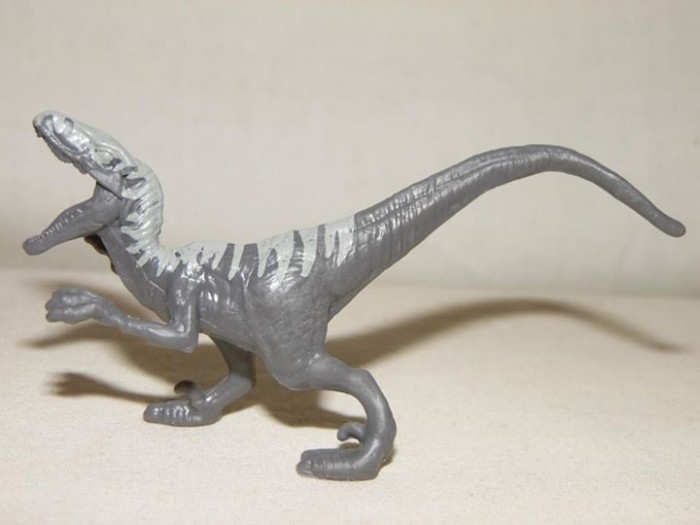

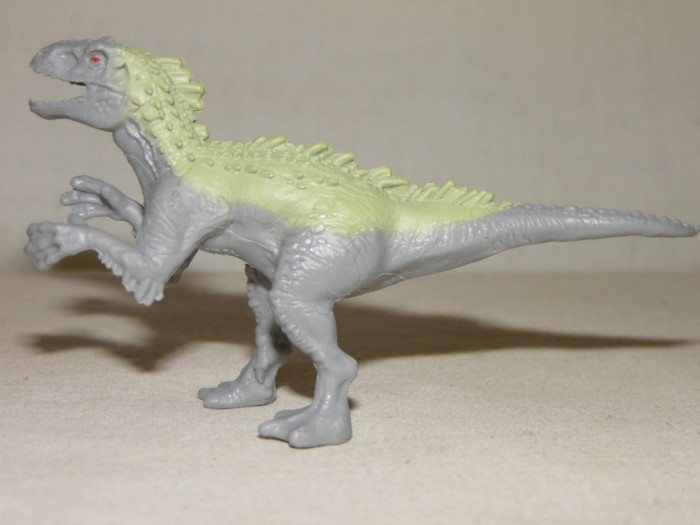
[…] made a couple of Mosasaurs toys for the film, a really small chomper toy, an even smaller blind bag mini figure, and this medium sized one. A big Mosasaurus toy would have been great, unfortunately this was […]
Crackington – check out Home Bargains
Given how many people will watch Jurassic World, I think it’s very good the film stated clearly the I. rex is a hybrid created by scientists in the film. If it were said to be a newly discovered dinosaur, I don’t want to imagine how many people would think it was a real dinosaur, especially after seeing the film. This could perhaps also make it more likely for other companies to make I. rex toys, if they didn’t know it wasn’t real. The I. rex being a hybrid also made a number of points in the film work well I think. Although I think I would’ve preferred to see a film without made up dinosaurs, having it be a hybrid is definitely the choice I think is best in terms of both the film’s story and what people will think.
I should’ve specified, I think the reasons the I. rex works well are due to being a MAN-MADE hybrid. It would’ve been awful it it had been said it was a hybrid that naturally occurred in prehistoric times.
Good to see a review of these figures which I consider to be good play value in the 15 pack. One thing I did notice however. In your comments on the Pteranodon you say “The hands on this figure don’t appear to be right as it’s just three fingers sticking out of the wings,”. Except for the elongated 4th digit that serves to support the wing membrane Pteranodon only has three clawed fingers on each hand so in those terms this figure is correct.
I am aware of this fact, but It seemed to me that the fourth finger was not connected near the other fingers, and it would seem like its was coming out of the wrist of the animal.
Great review of the figures, hope they come to the UK soon.
I disagree a bit about the I-Rex. I think it’s pretty clear in the films that all the dinos are mutants and not the real thing, spliced with DNA from various amphibians and reptiles. It’s therefore just a logical progression to start making them up. The biggest problem for me is the question of whether – given all the expense and effort in bioengineering the dinos, providing the infrastructure and environment to house them, employing a vast army of personnel, many top stars/experts in their fields – a theme park would really be enough to justify the costs, let alone make money for Ingen?